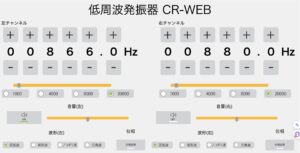Thermite Reaction: The Explosive Chemistry of Oxidation and Heat!
I’m Ken Kuwako, a Science Trainer. Every day is a new experiment.
Have you ever heard the term “Thermite Reaction“? It’s a highly dramatic chemical reaction where iron oxide and aluminum powder are mixed and ignited, producing intense heat and light as iron is generated. This experiment, with its firework-like brilliance and the chance to witness the mysteries of chemistry up close, is sure to be a powerful memory for students. It’s a fascinating chemical reaction that produces “iron,” a common metal in our daily lives.
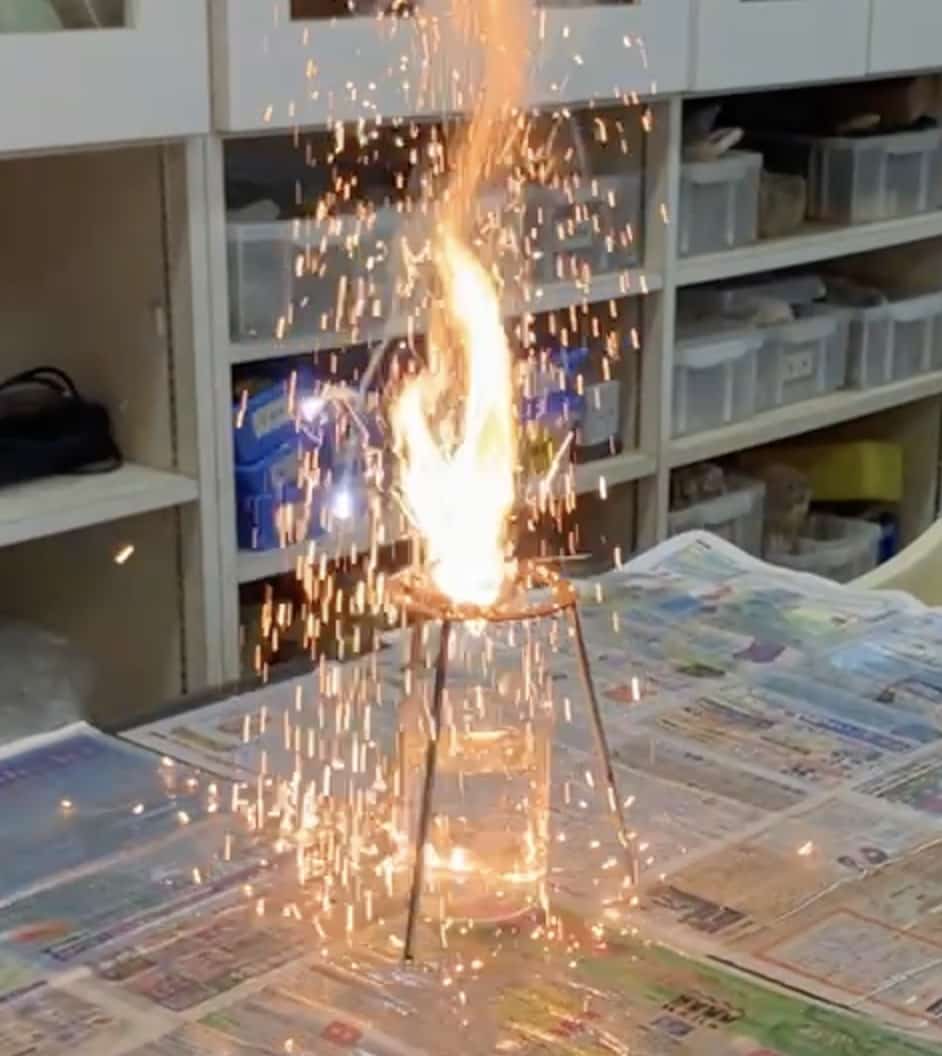
To successfully perform this experiment, several safety precautions and thorough preparation are essential. However, the excitement of the result more than makes up for the effort. This time, I’ll show you how we performed the thermite reaction during our science club activities. It was an experiment we carefully and painstakingly prepared for.
What is the Thermite Reaction? A Chemical Deep Dive
The thermite reaction utilizes the strong reducing power of aluminum. The chemical equation is as follows:
ceFe2O3+2Al −>2Fe +Al2O3
As this equation shows, when iron oxide (Fe2O3) and aluminum (Al) react, they produce iron (Fe) and aluminum oxide (Al2O3).
Let’s take a closer look. Aluminum is a highly reactive metal that easily bonds with oxygen. On the other hand, iron oxide is a compound of iron and oxygen. In this experiment, aluminum “steals” the oxygen from the iron oxide, causing the iron to separate as a pure element, while the aluminum itself changes into aluminum oxide.
This reaction is a highly exothermic reaction, releasing a large amount of heat. This heat is so intense that the newly formed iron melts into a solid lump. The temperature is said to reach over 2000°C. This high temperature is why the reaction is also used for practical applications like welding railway tracks.
Science Club in Action! Preparation and Experiment
We recently performed this thermite reaction experiment in our science club. Here’s a look at the steps we took from preparation to execution.
What You’ll Need
- Iron(III) oxide: Available as a chemical reagent.

- Aluminum powder: We made our own from aluminum foil.
- Magnesium ribbon: Used as a fuse for ignition.
- Beaker: To catch the reaction product.
- Tripod, wire gauze, clamp, and triangle stand:
- Newspaper: Lay it on the desk and wet it with water.
- Lighter: Used to ignite the magnesium ribbon.
- Anvil and hammer: To pound the generated iron and check for its metallic luster.
- Magnet: To confirm the product is iron.
- Safety gear: Always wear safety goggles and take thorough fire prevention measures.
Experiment Steps
- Prepare the mixture:
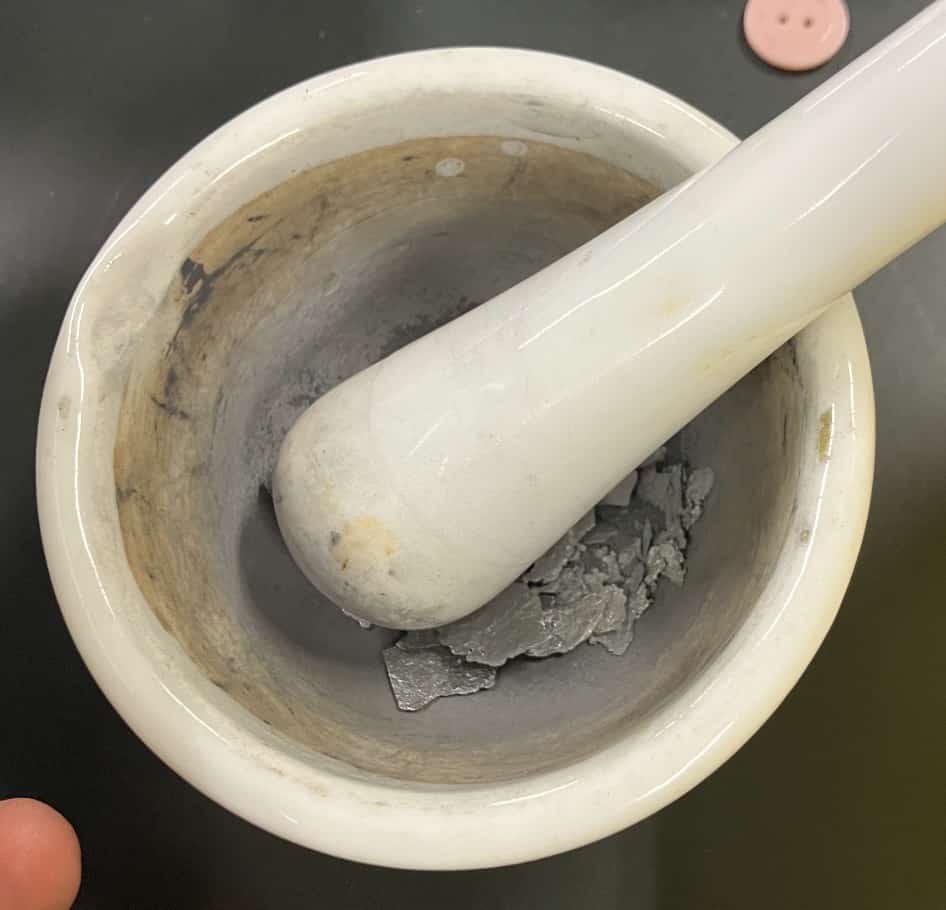
- First, mix the iron(III) oxide and aluminum powders in a mass ratio of approximately 3:1. After some trial and error for safety, we decided to use 1.6 grams of iron(III) oxide and 0.6 grams of aluminum powder.
- It’s important to mix the powders thoroughly using a mortar and pestle to ensure an even mixture.
- We made our aluminum powder by crushing aluminum foil with a mortar and pestle.
- Wet the first filter paper and place the second one on top
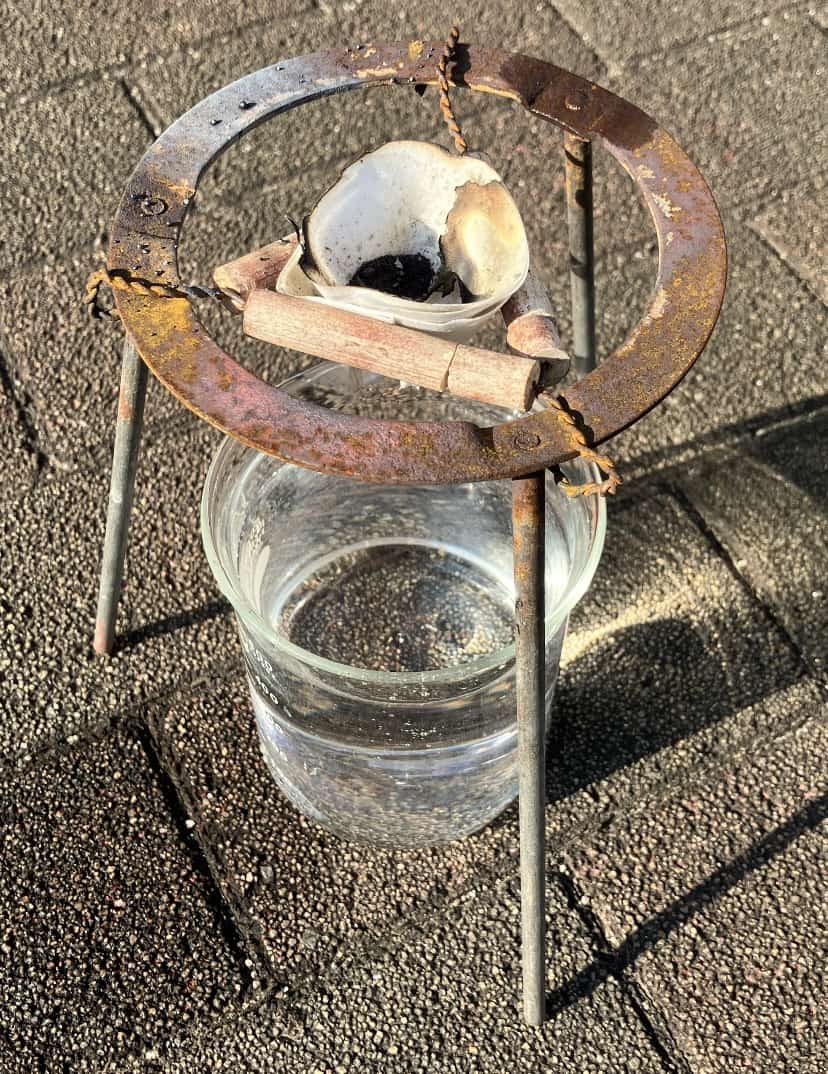
- Place the mixed powder onto the filter paper.
- Secure it firmly on the tripod and triangle stand. Underneath, place a beaker with water to safely catch the falling product.
- Set the fuse:
- Insert the magnesium ribbon vertically into the center of the crucible as a fuse. A slightly longer ribbon allows you to ignite it from a safe distance.
- Ignite!:
- Double-check that there are no flammable materials nearby.
- Always wear safety goggles and have students observe from a safe distance.
- Use a burner flame to ignite the tip of the magnesium ribbon. The ribbon will burn with an extremely bright flame, leading the fire to the mixture.
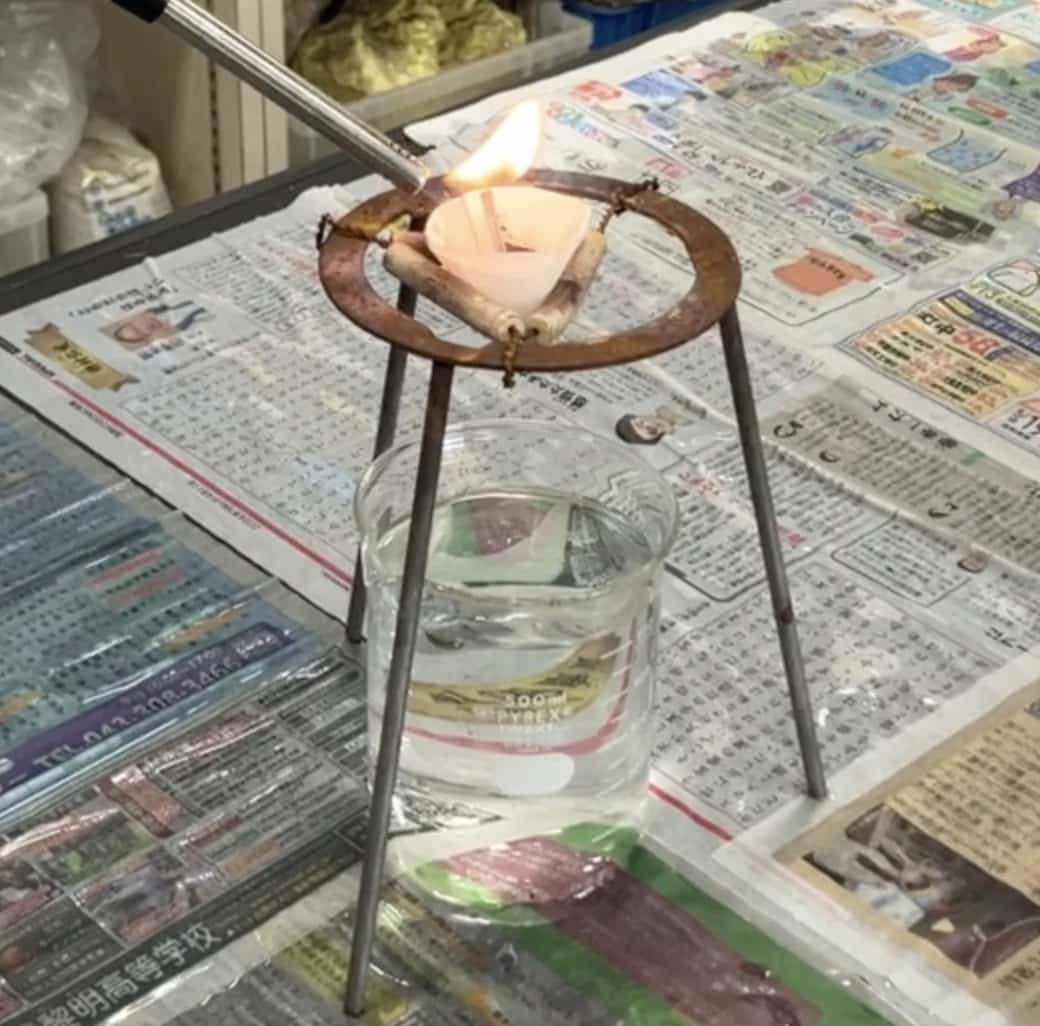
- Observe the reaction:

- Once the magnesium ribbon burns out and the fire transfers to the mixture, a loud “WHOOSH!” sound will accompany a shower of brilliant sparks and light, like fireworks. Students will surely exclaim, “Wow!”
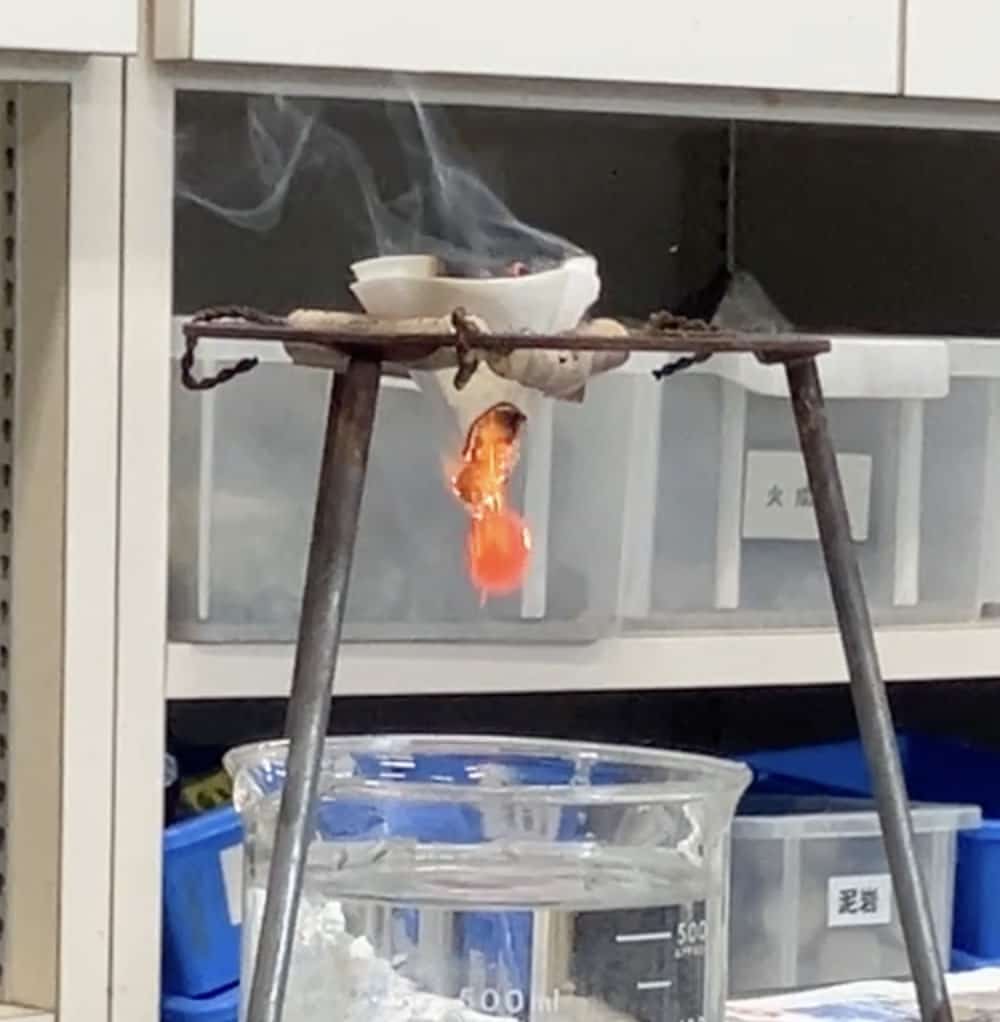
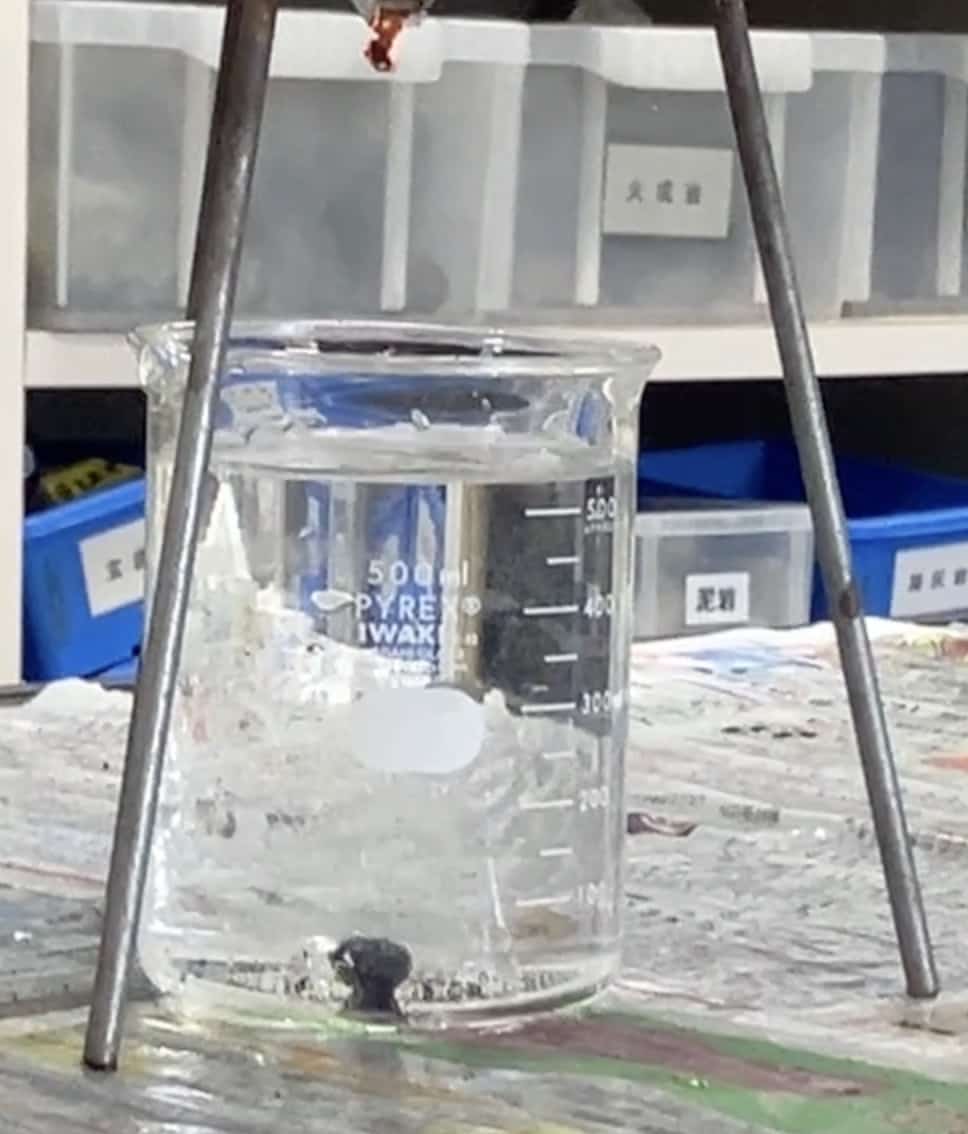
- When the reaction subsides, a black, ball-like lump will drop into the beaker. This is the iron that was just generated. It has a distinctive round, hollow shape. The hole might be where the magnesium ribbon was.
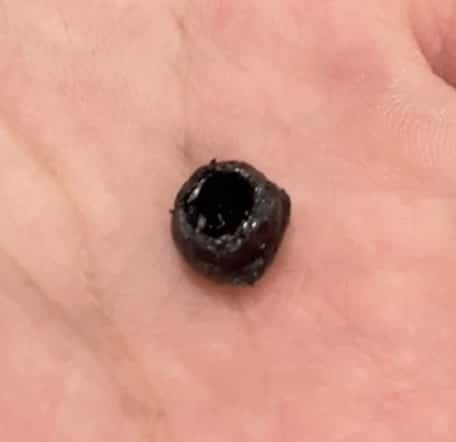
- Once the magnesium ribbon burns out and the fire transfers to the mixture, a loud “WHOOSH!” sound will accompany a shower of brilliant sparks and light, like fireworks. Students will surely exclaim, “Wow!”
- Confirm the product:
- After it has cooled sufficiently (do not touch it, as it is extremely hot!), remove the black lump from the beaker.
- Place the lump on an anvil and strike it with a hammer. The oxidized outer layer will chip away, revealing a silvery, metallic substance underneath.
- Finally, bring a magnet close to the silvery part. You’ll hear a “click!” as it sticks firmly to the magnet. These characteristics clearly confirm that the product is iron.
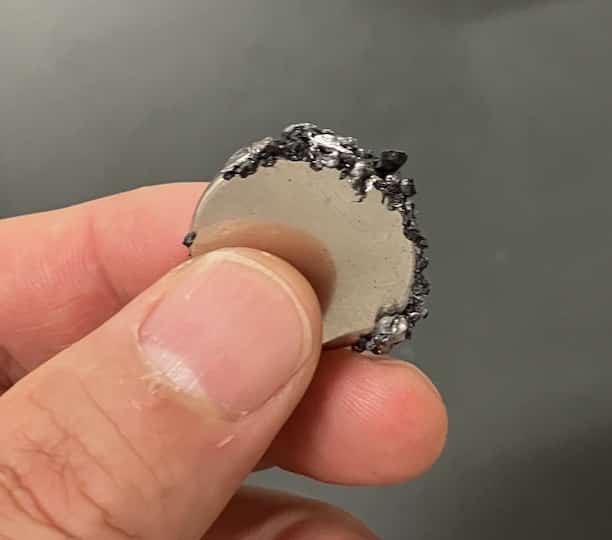
What We Learn from This Experiment
The thermite reaction experiment is much more than just a “wow!” moment; it’s a treasure trove of deep learning.
- Reduction and Oxidation: Students can learn that this is a classic redox reaction, where “reduction” (aluminum stealing oxygen from iron oxide) and “oxidation” (aluminum bonding with oxygen) occur simultaneously.
- Exothermic Reaction: As an example of an exothermic reaction that releases a large amount of heat, it allows students to physically experience the magnitude of that energy.
- Metal Smelting: You can explain that the principle is similar to the process of extracting iron from iron ore (smelting), connecting the experiment to industrial applications.
- Material Change: By witnessing a magnetic metal, “iron,” being generated from two completely different powders, students can grasp the wonder and depth of chemical reactions.
Provided that safety measures are strictly followed, this impressive chemical reaction is a fantastic experience for students. It will surely deepen their interest in science.
Contact & Requests
Get closer to the wonders and fun of science! We’ve put together easy-to-understand tips and fun science experiments you can do at home. Feel free to search around!
・About the operator, Ken Kuwako: Click here
・For various requests (writing, lectures, experiment classes, TV supervision, appearances, etc.): Click here
・Updates are also available on X!
![]() Our Science Channel features experiment videos!
Our Science Channel features experiment videos!


